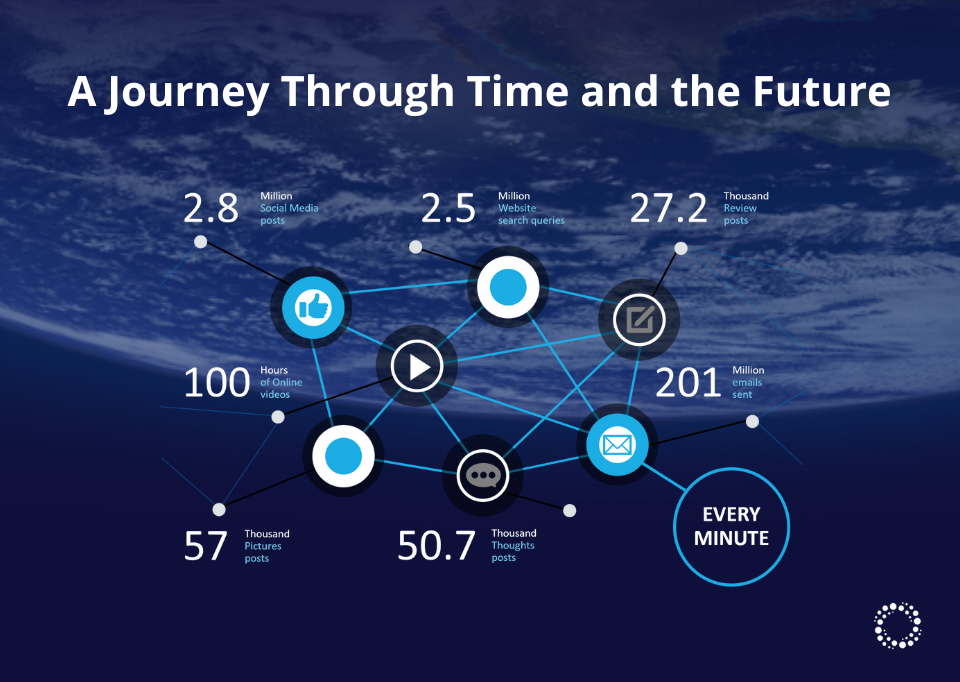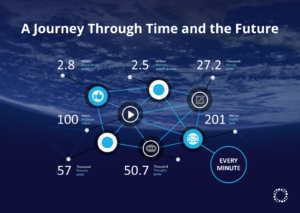The Evolution of AI: A Brief Summary
The origins of AI can be traced back to ancient times when philosophers and mathematicians, like Aristotle, tried to define human reasoning through formal logic. However, it wasn’t until the 1950s that AI research truly took off, giving rise to the first AI programs.
Throughout the years, AI has undergone numerous transformations. In the 1980s, expert systems and rule-based AI were popular. These systems, however, lost touch with the growing complexities of real-world problems. The success of machine learning in the 1990s and 2000s brought a new lease of life to AI research, with algorithms that could learn from data and improve over time.
Recently, deep learning has taken over the AI landscape. This type of AI is modeled after the human brain and uses artificial neural networks to process information. Major discoveries, such as the development of GPT-3 and the breakthroughs in reinforcement learning, have paved the way for more advanced AI models.
AI Production: A Global Snapshot
AI is becoming increasingly prevalent worldwide, with countries racing to create cutting-edge technology. While it is difficult to provide exact percentage contributions for AI content production by each country, I will try give a rough estimate based on the available data up to 2021:
United States: is a global leader, contributing approximately 40% to AI content and research. Housing major companies like Google, Amazon, and Microsoft, the US has a significant impact on the AI landscape.
China: is striving to become the AI leader by 2030, with tech giants such as Alibaba, Tencent, and Baidu investing heavily in research and development. China’s contribution to AI content production is estimated to be around 30%.
European Union: The EU has made great strides in AI, with the United Kingdom, France, and Germany leading the charge. The EU as a whole contributes about 15% to global AI content production.
Canada: Canada, with its strong academic institutions and research centers, contributes around 5% to global AI content production.
Israel: Israel, a significant player in the global AI landscape, contributes roughly 2% to worldwide AI content production.
Russia: Russia, which focuses on military and national security applications, contributes approximately 2% to global AI content production.
India: India, with a growing AI ecosystem, contributes around 2% to worldwide AI content production.
Other countries: The remaining countries worldwide contribute approximately 4% to global AI content production.
AI in the Real World: Practical Applications
AI has become increasingly ingrained in our everyday lives, with numerous practical applications. For instance, ChatGPT, an AI language model, is used to generate human-like responses during conversations. Another example, DALL-E 2, can create stunning images from textual descriptions.
One of the most prominent applications of AI is in the field of autonomous vehicles. Companies like Uber and Waymo have made significant strides in developing self-driving cars. Uber’s Advanced Technologies Group (ATG) has been working on autonomous vehicles, while Waymo, a subsidiary of Alphabet Inc., has been operating self-driving taxis in select areas. These autonomous vehicles use AI to process vast amounts of data from sensors and make real-time decisions, enabling them to navigate complex road environments safely.
AI is also making waves in healthcare, with algorithms that can diagnose diseases and recommend treatment plans. In agriculture, AI-powered drones monitor crop health, and machine learning models predict crop yields with impressive accuracy. These are just a few examples of how AI is being used to solve real-world problems and enhance various industries throughout our daily lives.
Gazing into the Future: AI Forecasts for 2050
Predicting the future of AI is a challenging task, but by 2050, it is likely that AI will have become an integral part of our daily lives. As AI continues to advance, it will probably take after human intelligence in many ways, with machines becoming accustomed to complex tasks and decision-making processes.
However, there are some worrying concerns. Some experts fear that AI might take over jobs, while others argue that it will create new opportunities. In any case, it is essential that we prepare for a time after AI has fully integrated into our lives and ensure that it benefits everyone.
Throughout this article, we have explored the fascinating world of AI, from its humble beginnings to its modern-day achievements. We have seen how countries are competing to produce advanced AI systems and how these technologies are being used to solve real-world problems. While the future of AI is uncertain, it is almost guaranteed that it will continue to shape our lives in ways we can scarcely imagine.





